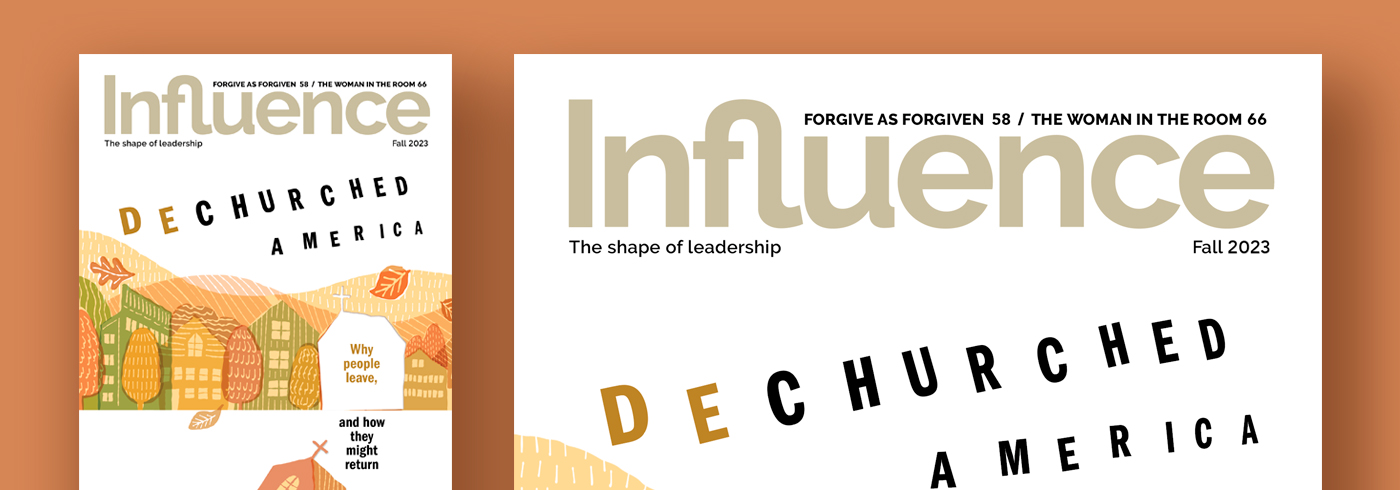When Tradition and Progress Collide
Moving into the future while honoring the past
Modern-day Pentecost broke out during the early 1900s in Los Angeles. Spirit-filled men and women soon spread from there all over the world and began evangelizing and planting churches. Many of those historic churches are still standing today.
Just as people grow older, churches age. Typically, a congregation comprises people who are primarily 10 years older to 10 years younger than the lead pastor. As the baton passes from one generation to another, how do we bring people along, while continuing to do effective ministry to multiple generations?
When we moved to New Orleans in 2011, I was unprepared for the value people in our community place on tradition. I had always lived in cities where the emphasis was on progress, technology and improvement. Now I encountered a culture that was skeptical of those things.
People in their 20s and 30s would describe themselves as “traditional.” Not only was this true in their personal lives, but it was also true in the churches. To me, the word “traditional” had always been, at best, taboo — and, at worst, an impediment to forward movement.
I felt truly conflicted. How could I reconcile myself to a group of people whose style and philosophy I did not agree with? I know it sounds critical, but it’s where I was at.
One day I was reading in 2 Kings how Elijah passed his mantle to Elisha. The Lord spoke to me: “You have come with an Elisha anointing.”
I realized that Elijah’s work was confronting the idolatry of Israel and calling the nation back to the true God. He prophesied that there would be no rain in Israel for several years, called down fire from heaven, and pronounced judgment on the prophets of Baal.
I realized we don’t have to do ministry the same way, but we need to honor those who sowed in tears before us.
Elijah's protégé, Elisha, received the same anointing. Yet the nature of Elisha's ministry was very different. People scarcely remembered God, though they were beginning to return to Him. Elisha revealed His care and compassion — even extending mercy to a leper, just as Jesus would later do.
Elisha didn’t despise Elijah for the nature of his ministry. In fact, he tore his clothes in distress when Elijah went up to heaven in a whirlwind. He asked for a double portion of the same anointing. But Elisha represented a new message from a God who is both justice and love.
I realized we don’t have to do ministry the same way, but we need to honor those who sowed in tears before us. It was not a conflicted message; we just came with a different message for a different time.
As America has drifted from its Christian roots, the message for many years has been a calling back to the Church and to holiness. Now we face a culture that has no idea what we’re talking about.
Many Americans know nothing of the God we speak of, or the salvation of His Son. When a message of His kindness draws them to repentance (Romans 2:4), it is not in conflict with a message of holiness and justice. It is simply a different revelation for a different time.
So, for those who would be part of the Elisha Generation, this is my challenge: Honor and learn from the Elijahs. Serve them. Listen to them. Don’t discount their perspective, but receive the spirit of their anointing, lest others dismiss and deject you when you are a senior leader.
For those in the Elijah Generation, bless the Elishas. Give them the resources they need to accomplish the calling of God, lest they abandon your legacy from discouragement. Don’t be afraid to release the future to them. They crave the affirmation that your mantle provides.
In New Orleans, there are only two bridges that cross the Mississippi. One, the Huey P. Long Bridge, dates to the 1930s. It was a scary, narrow climb, rusted and weathered from decades of humidity, with a railroad track in the middle. But during Hurricane Katrina, it was the only bridge that held. Its sturdy construction provided a critical route into the city during its worst crisis.
A few years back, a major renovation took place on the old bridge. Rather than tear it down, crews built the new bridge around it, tying it into the original structure. You can see the old, red railroad tracks in the middle as the new wide lanes of traffic pass on either side. It is a modern wonder.
This is an image of what the Church can be. Let us latch onto the history and strength of the past, while meeting the spiritual needs of today’s people so they can come to know the living God.
Influence Magazine & The Healthy Church Network
© 2025 Assemblies of God

